Pennsylvania
Pennsylvania Construction Entrance Detail
Thanks to the natural shale deposits in the Marcellus Basin, Pennsylvania boasts the second largest production of natural gas in the country. The state’s Department of Environmental Protection plays a key role in protecting precious surface waters while supporting industry development. Pennsylvania includes watersheds that flow both into Lake Erie on the north west to Chesapeake Bay on the south east.
Pennsylvania NPDES Stormwater Permits
Pennsylvania’s Bureau of Clean Water, in the Department of Environmental Protection, administers the NPDES program throughout the state. The Bureau monitors compliance and issues permits for industrial, municipal, and construction sites. Each type of permit is designed with regulations to ensure that surface water quality is not degraded by their respective activities.
Construction activities that disturb an area of one acre or greater are regulated under the National Pollution Discharge Elimination System (NPDES) are required to obtain a stormwater permit. Many construction operators can apply for coverage under the PAG-02 General Permit.
PAG-02 NPDES Construction Permit Requirements: SWPPP Plan
To obtain a stormwater permit, construction operators must submit a Stormwater Pollution Prevention Plan (SWPPP). The SWPPP includes details about the potential pollution sources on the project as well as mitigation techniques, called Best Management Practices or BMPs, that will be used to eliminate or reduce the pollutant’s impact on surface waters. High Quality (HQ) or Exceptional Value (EV) watersheds require special protective measures to ensure that sensitive natural resources and ecosystems are protected. Standards that meet the requirements for use in HQ or EV watersheds are known as Antidegredation Best Available Combination of Technologies, or ABACT.
The DEP provides guidance to contractors through resources & manuals including the Erosion & Sediment Pollution Control Manual. Chapter 3 of the manual includes various techniques for stabilizing construction site access locations as well as indicating which of the techniques are classified as ABACT.
PennDOT Construction Entrance: ROck and Wash Rack
Rock Construction Entrance Example. Standard dimensions are 50’ x 20’ x 8” in depth.
Chapter 3 of the DEP Erosion & Sediment Pollution Control Program Manual outlines Site Access BMPs that are used throughout the state. A standard Rock Construction Entrance is the traditional method of stabilized site access points. A Rock Construction Entrance consists of a geotextile fabric topped with 8” AASHTO #1 rock. The construction entrance should be 50’ x 20’ with a wide turning radius. The rock entrance must maintain these dimensions including the depth of 8” through the course of the project. Because rock will regularly become compacted, a stockpile of rock should be maintained on-site. If sediment is not sufficiently contained, then an additional length of 50’ should be added to the entrance or the operator should install a wash rack. According to the manual, sediment removal efficiency is low and this technique is not an ABCAT so it must not be used for HQ or EV watersheds.
ABACT Approved Rock Construction Entrance With Wash Rack. This technique is specified in the PennDOT Publication 408 - Section 849 for use on DOT projects.
Another technique in the manual is the use of a Rock Construction Entrance With A Wash Rack. This technique is also specified in the PennDOT Construction Specifications in PennDOT publication 408. Section 849 of the publication describes the standards for a traditional rock construction entrance with a wash rack. The standard and manual specify aggregate and geotextile types as well as a wash rack concrete and excavation procedures. PennDOT Construction Entrance specs include specifications for drainage, maintenance, removal, and remediation. This entrance is ABACT approved for use on High Quality (HQ) or Exceptional Value (EV) watersheds.
Rumble Pads, Rumble Plates or Shaker Plates can be used as an alternative to rock entrances. A minimum of four tire rotations should be used, and more plates may be required depending on site conditions.
Rumble pads, shaker plates or pre-constructed rumble pads are also included in the manual as a replacement for Rock Construction Entrances. The manual states minimum requirements for length and specifies that the rumble plates should be installed according to manufacturer’s recommendations. The length of the system should be at a minimum sufficient to provide four tire rotations. Effectiveness and site conditions may require that additional plates be added to provide adequate reduction in sediment on the roadway. The system should be cleaned daily or more frequently as needed. This BMP is not ABACT.
Manufactured wheel wash system in use. Water is recycled or cleaned before being discharged into surface waters.
Wheel Wash stations are another technique which is classified as an ABACT that can be used for HQ and EV watersheds or where special traffic safety issues exist. Water with sedimentation should be recycled or cleaned of sediment using an approved sediment removal device before discharging to a surface water. This system is effective at cleaning tires and can be implemented using recycled water when a water source is not available.
FODS Reusable Construction Entrances
FODS Reusable Construction Entrance is a waterless, rockless system and can easily be installed over dirt or pavement without heavy equipment. FODS Mats are reusable and have a service life of over ten years.
FODS Reusable Construction Entrance/Exit System is a waterless, rockless alternative to traditional trackout control BMPs. FODS are designed to be used as a standalone solution to vehicle trackout. The pyramids on the surface deform vehicle tires to allow debris and sediment trapped in the tread to fall loose. The dislodged debris collects at the base of the pyramids where it does not come into contact with vehicle tires. Roadway tracking is reduced more effectively with FODS mats compared to Rock Construction Entrances which can result in as much as 59% reduction in street sweeping.
In addition to effectively reducing trackout, the system is both lightweight and extremely durable. FODS can be installed over nearly any substrate and easily transported to the next project, all without the use of heavy equipment.
As a rockless and waterless system, FODS reduces hazards and liability. Rocks can become lodged in dual tire vehicles creating roadway hazards; this hazard is eliminated when using FODS Reusable Construction Entrance System. When using either wheel wash stations or wash racks in cold weather, water on vehicle tires can contribute to hazardous road conditions. FODS is an All-Weather system which can be used in cold temperatures without contributing to ice on roadways.
Additional Resources:
DEP Erosion & Sediment Pollution Control Manual
Pennsylvania DEP Approval Letter
Erosion and Sediment Control (E&S) program Chapter 102
PAG-02 NPDES General Permit For Construction
Submittal Package
Install Guide, Drawings and Specs.

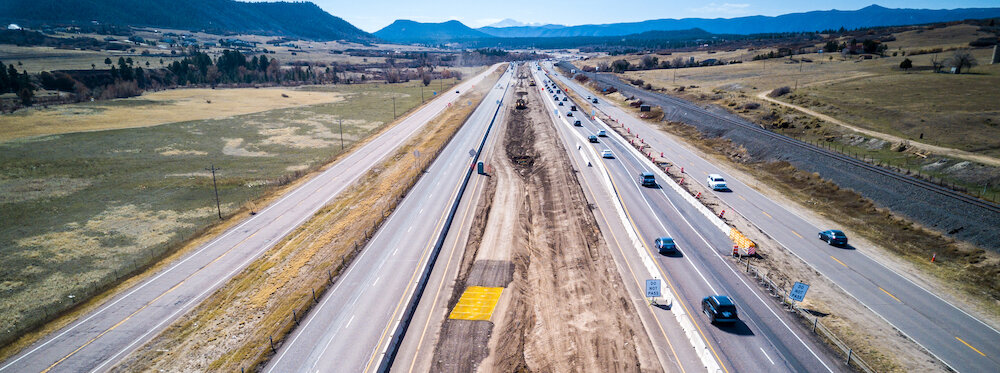

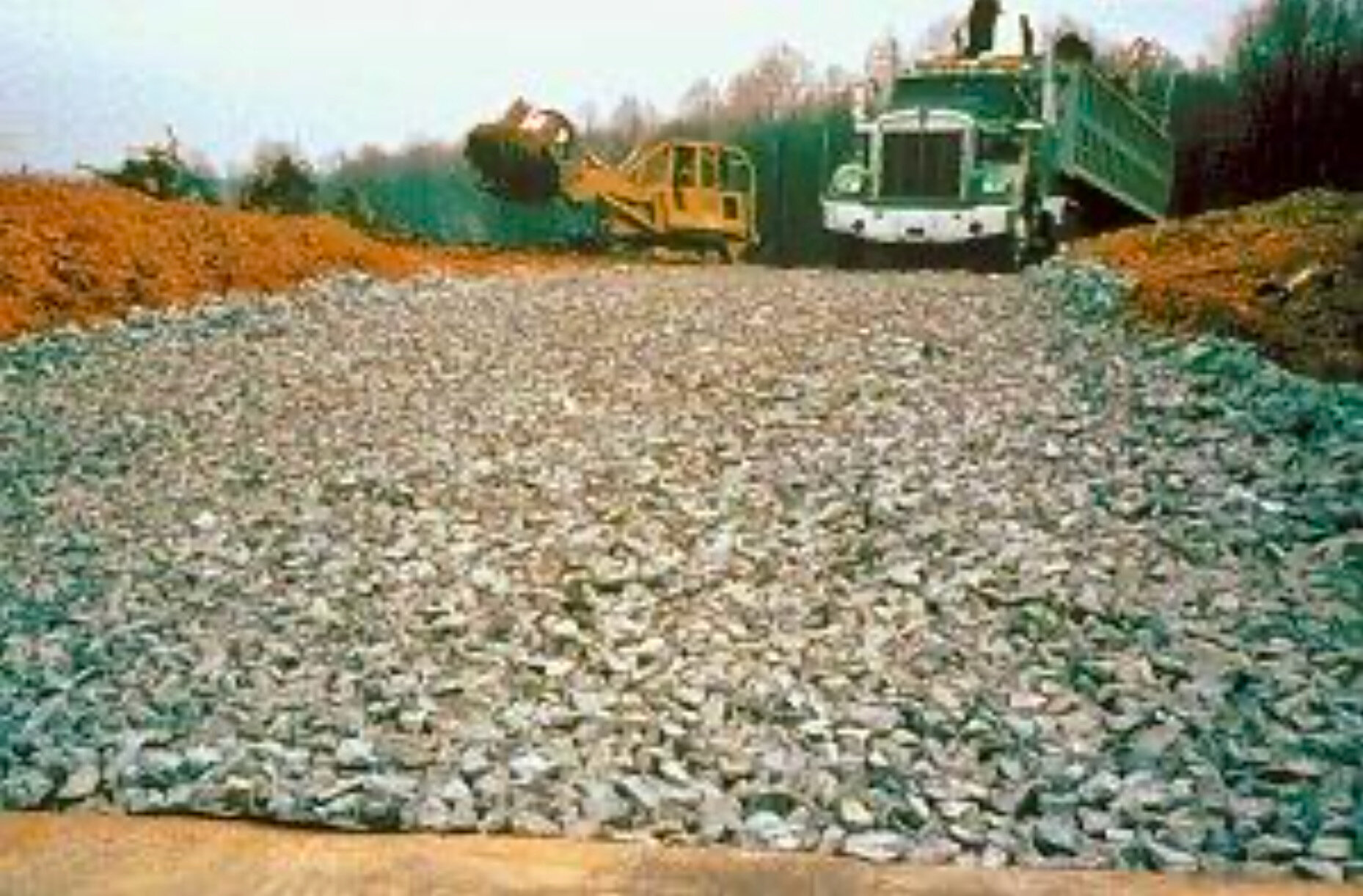

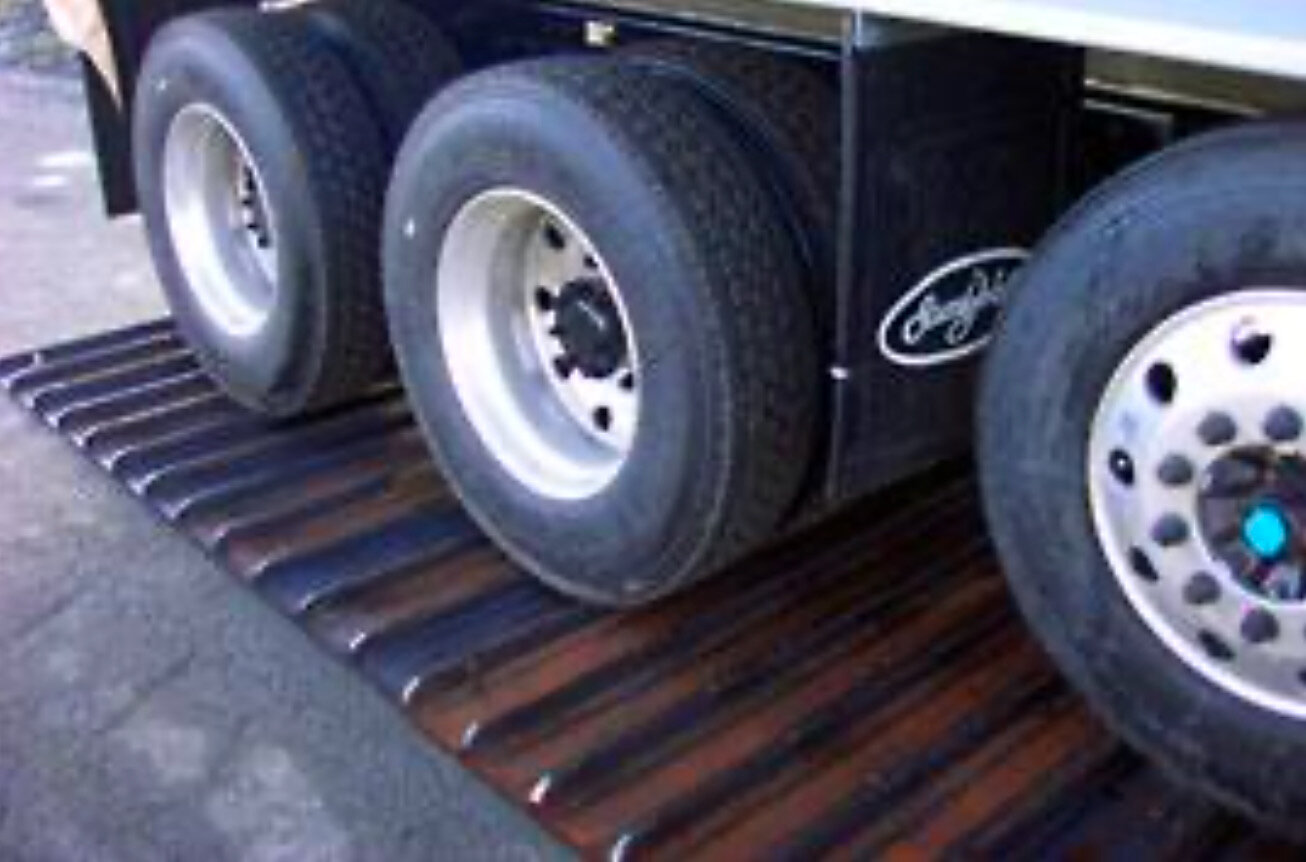

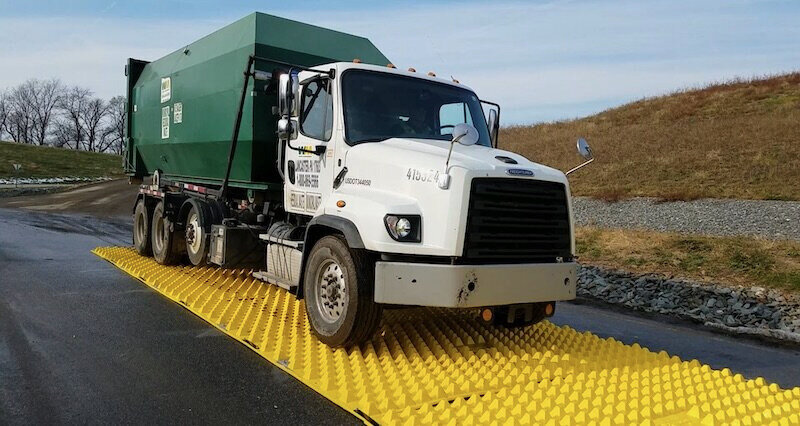
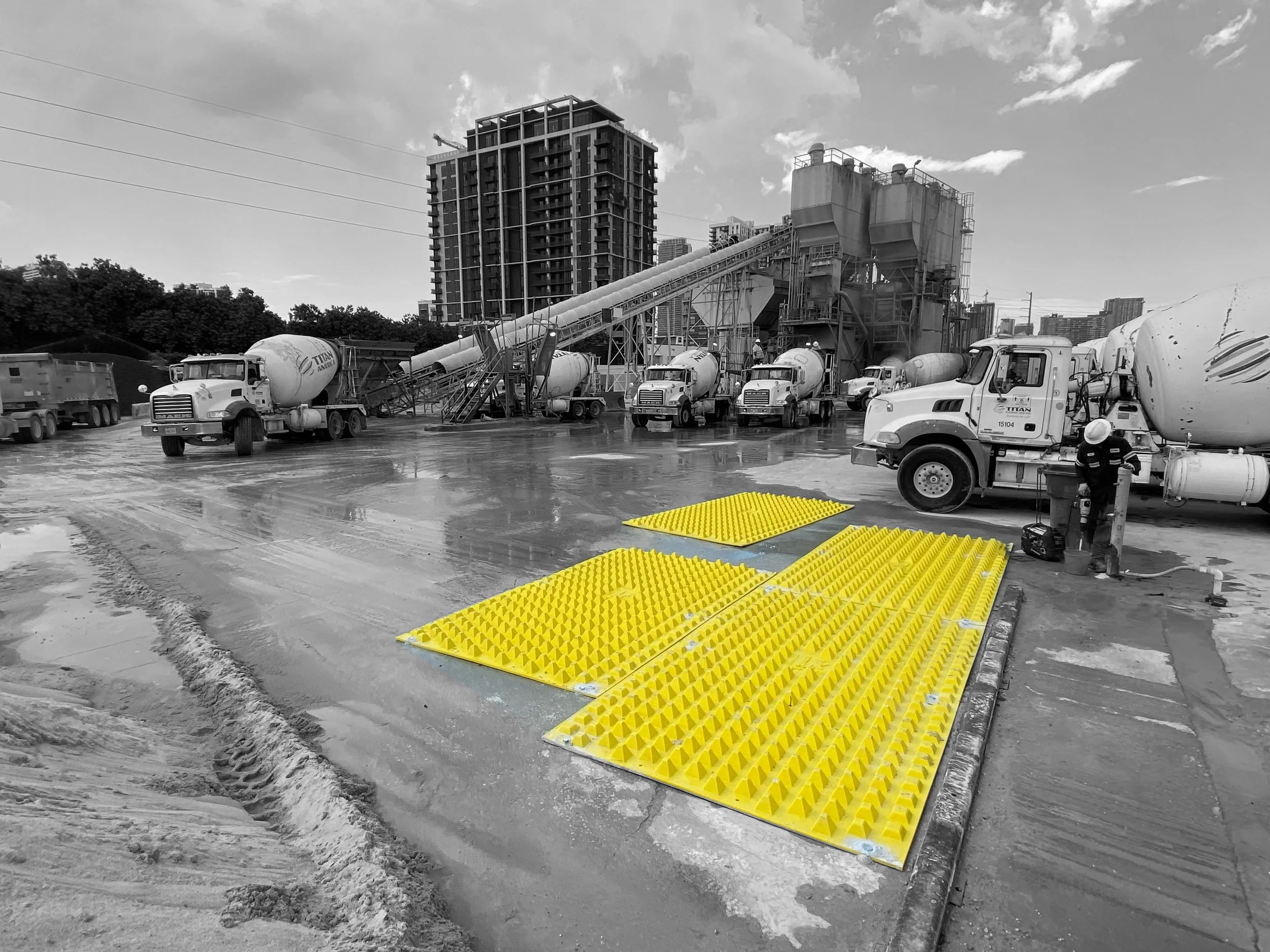




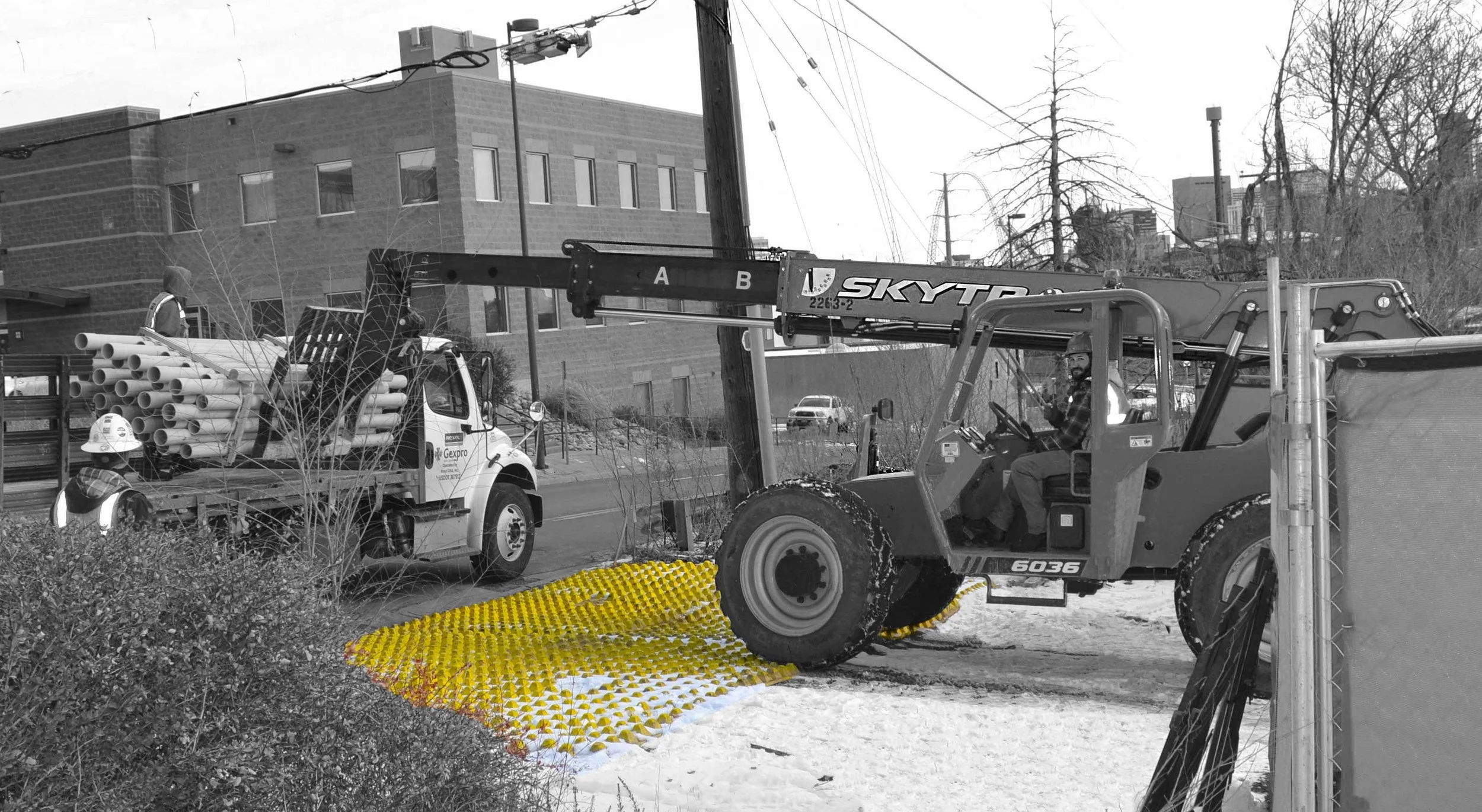

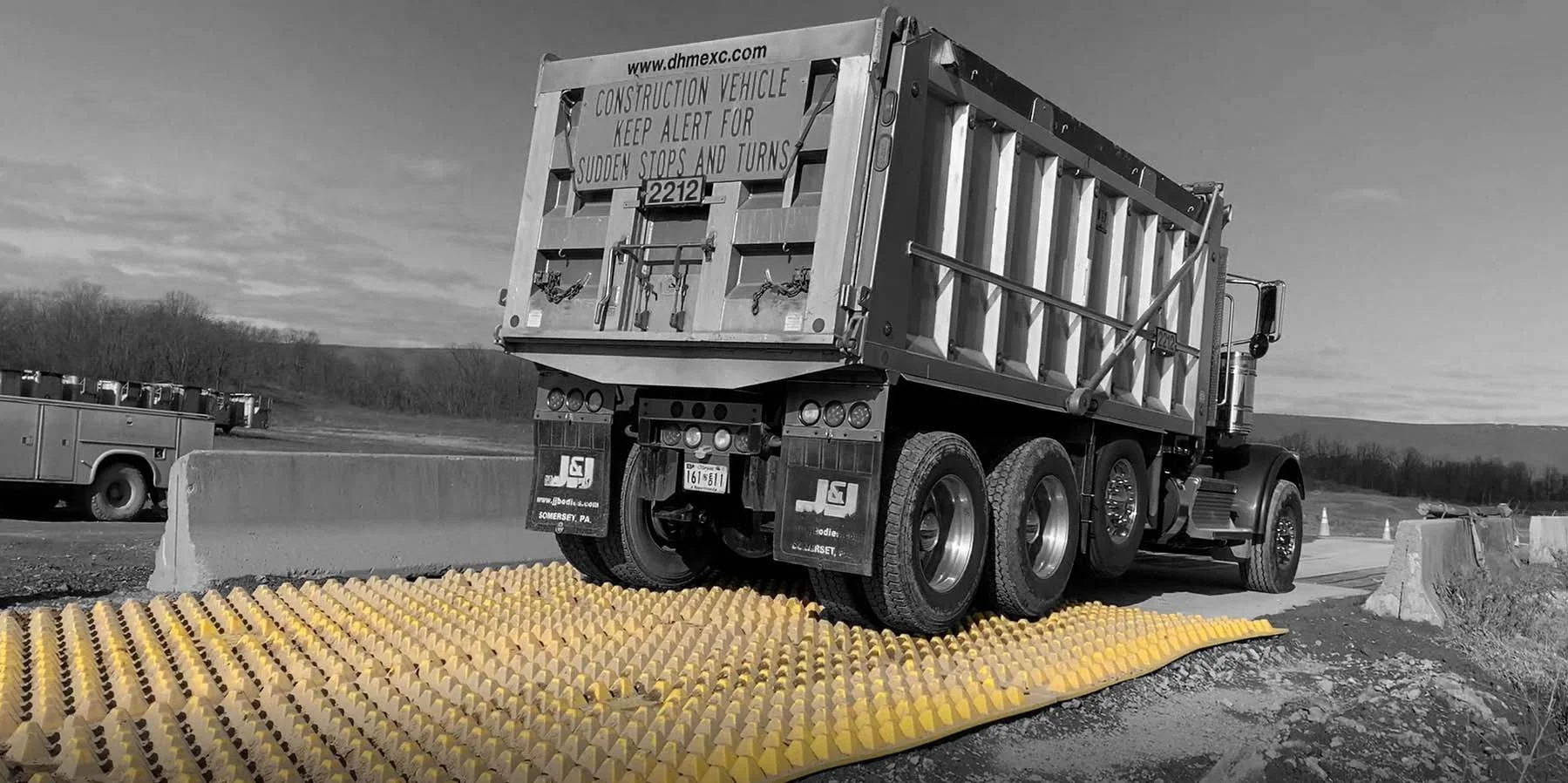







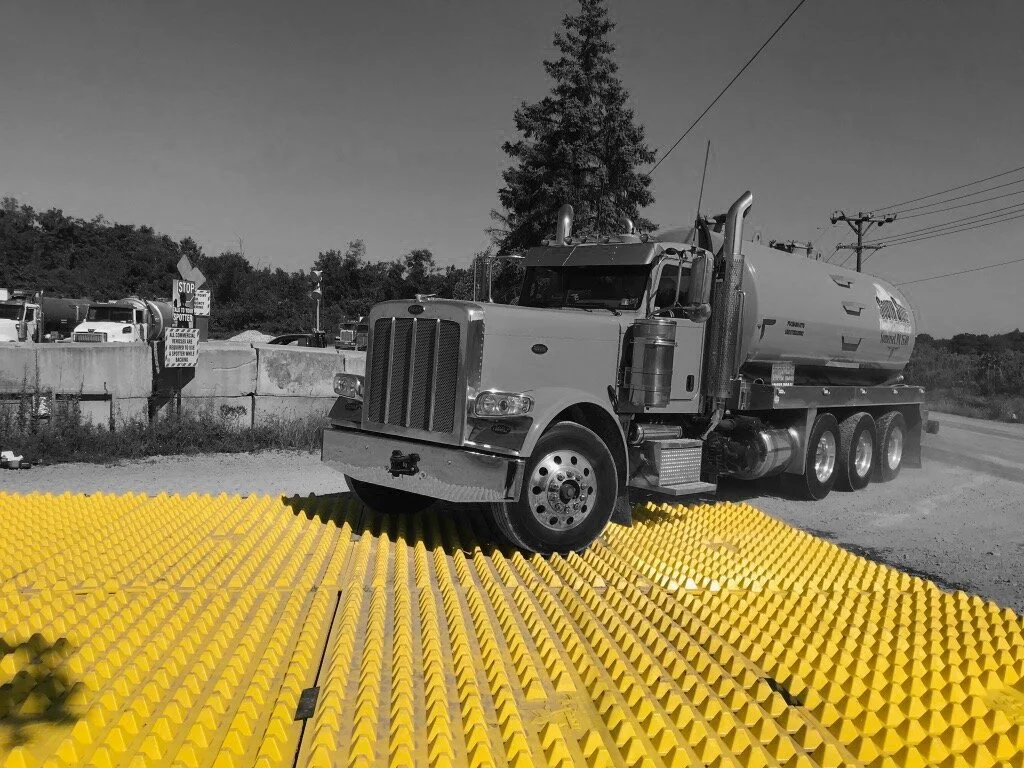







MaxGen Energy Services, a nationwide service provider for clean energy infrastructure, provides preventative and corrective maintenance for solar farms, as well as immediate responses during emergencies. Learn how MaxGen Energy Services uses FODS to tackle critical solar farm service jobs and remain compliant with Storm Water Pollution Prevention Plans.